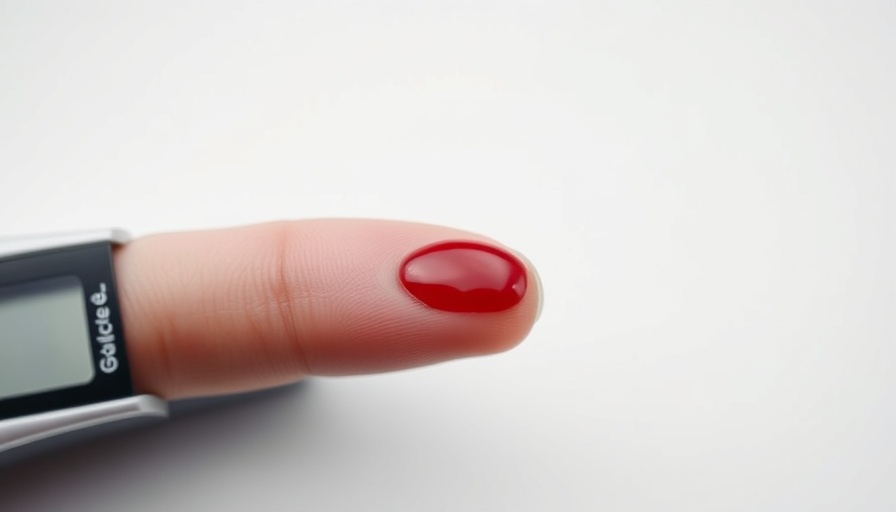
Rising Diabetes Rates and Vision Health in India
India now holds the unfortunate title of the "diabetic capital of the world" with over 101 million diabetics and 136 million prediabetics, according to a study from the Indian Council of Medical Research (ICMR). Alarmingly, many of these cases remain undiagnosed, with over half having not undergone proper screenings. The staggering numbers raise concerns about a significant public health issue: diabetic retinopathy (DR), which currently threatens the vision of millions.
Understanding Diabetic Retinopathy
Diabetic retinopathy is a condition that affects the blood vessels in the retina of those diabetics, leading to potential vision loss or even blindness. With an estimated one in three individuals diagnosed with diabetes set to develop DR, healthcare experts are urging for immediate action, especially with the increase in diabetic cases among younger populations. Dr. Rupak Kanti Biswas from Kolkata emphasizes that around 70% of individuals who have type 2 diabetes for over two decades will experience diabetic retinopathy.
The Importance of Early Intervention
Preventable blindness is a critical concern, and timely intervention can drastically alter outcomes for those at risk. In fact, studies highlight that treating DR at its early stages is paramount. Dr. Biswas notes, "Time is a critical factor. The earlier the intervention, the better the outcomes." This calls for urgent advocacy for the implementation of comprehensive treatment frameworks within existing health programs like the Ayushman Bharat-Pradhan Mantri Jan Arogya Yojana (AB-PMJAY).
Need for Health Policy Change
Currently, essential treatments, such as intravitreal injections—which play a vital role in managing diabetic macular edema (DME)—are not covered under AB-PMJAY despite their significance. With medication costs that can range from Rs. 6,000 to Rs. 60,000 per injection, access to necessary care becomes a significant barrier for many patients. More so, patients typically require multiple injections each year as both eyes are generally affected due to diabetes complications.
Towards a Healthier Future
The integration of DR treatments into health insurance policies, particularly within Ayushman Bharat, is essential. Recognizing that diabetes impacts younger populations, it becomes even more pressing to provide comprehensive care pathways. Dr. Raja Narayanan from the L V Prasad Eye Institute echoed this sentiment by indicating that while diagnosis is included under the PM-JAY, treatments are conspicuously absent.
Tackling the Crisis
The multifaceted approach to manage diabetes and its complications must extend beyond awareness to include effective health policy reforms. By advocating for coverage of DR treatments, healthcare stakeholders can help protect India's vision health and ensure that timely intervention is accessible to all. This integration would not only alleviate the financial burden on families but also significantly improve the quality of life for millions.
Conclusion
As the number of diabetes cases continues to escalate in India, the urgency to equip healthcare systems with effective treatment plans is more vital than ever. Protecting our vision through early intervention and appropriate treatment could determine the quality of life for millions struggling against diabetes. It is crucial that we advocate for necessary changes within the healthcare system to ensure comprehensive coverage and management for those at risk of diabetic complications.
 Add Row
Add Row  Add
Add 




Write A Comment